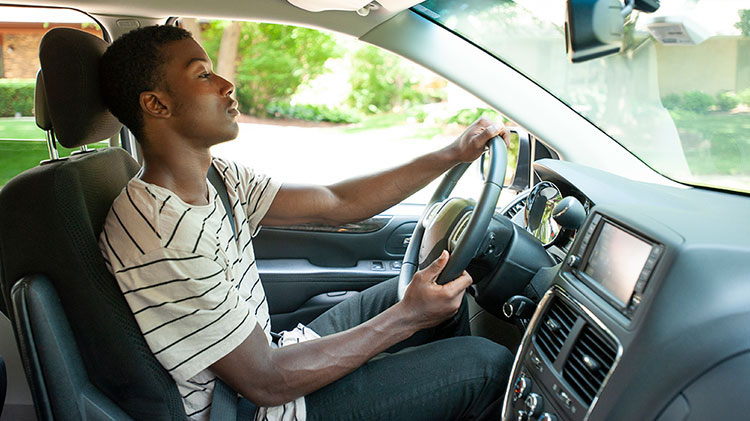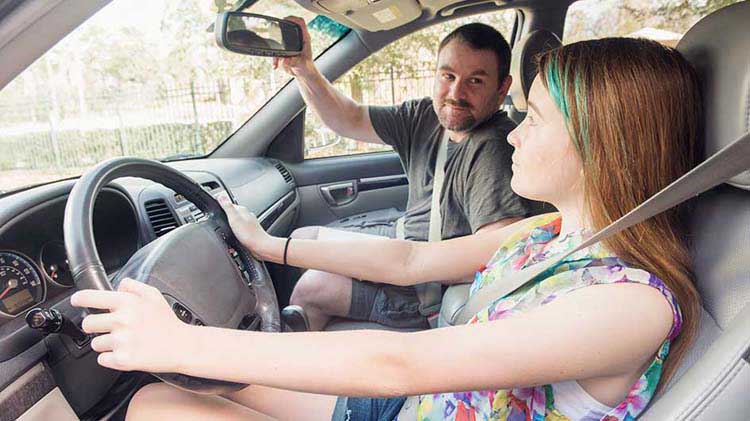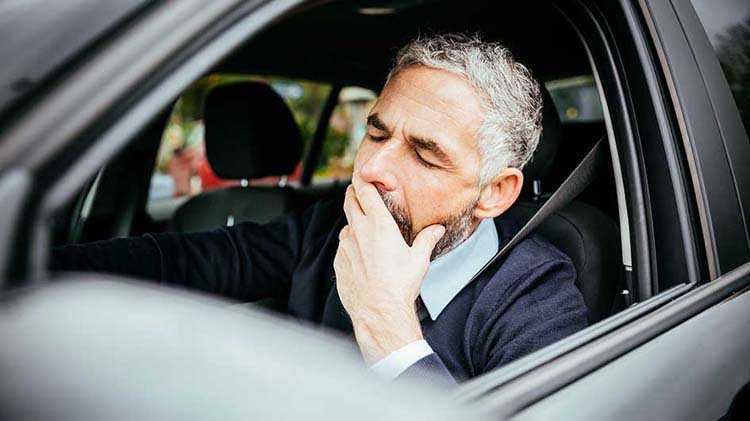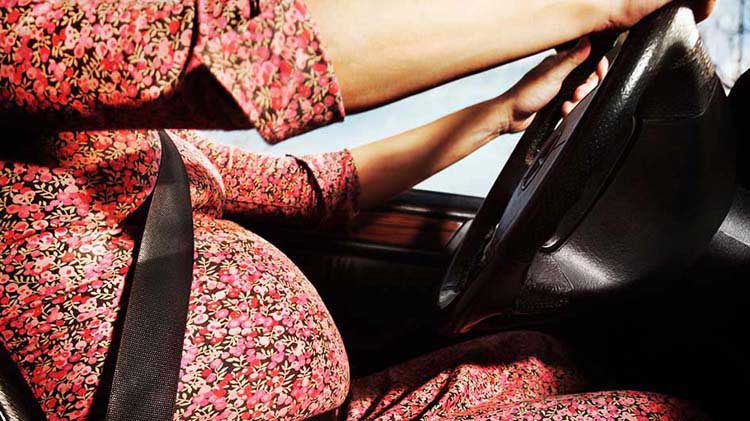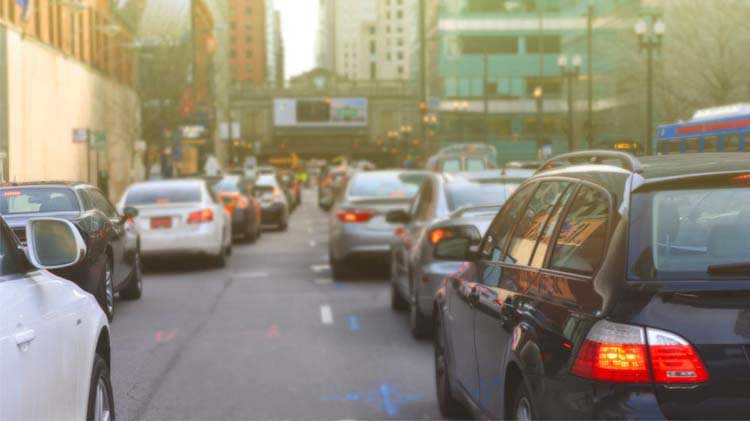Defensive driving tips
Defensive driving tips can help drivers take on the road safely
What are some defensive driving techniques to help you stay safe on the road?
According to the National Highway Traffic Safety Administration, there were 36,096 vehicle fatalities in 2019. Speeding and offensive driving are major problems which contribute to fatal car crashes throughout the United States. These defensive driving tips can help you or a loved one take on the road safely.
Before you drive
- Get periodic vision and hearing tests, especially if you drive at night. When you consider that 90% of a driver's reaction depends on vision, and vision is limited at night, it is no surprise that the night driving crash rate is roughly three times that of daylight driving.
- Keep your windshield, headlights, and mirror clean to improve visibility.
- Keep windshield wiper blades in proper working condition.
- Take a defensive driving course. Some insurance policies may offer price discounts when individuals take these courses.
- Carefully read medication labels to see if they may impair driving skills.
- Don't drive if you're feeling tired, lightheaded or stressed.
Behind the wheel
- Always wear your seat belt.
- Set rear view and side mirrors appropriately, to eliminate blind spots around your vehicle.
- Raise your seat high enough so you have a clear view of the road. Sit on a small pillow if necessary.
- Limit distractions inside the vehicle. This includes the radio and conversations with passengers and use of cell phones.
Driving in adverse conditions
- Avoid driving during periods of high traffic, typically during morning, lunch and evening commute times.
- Slow down after the sun goes down. Close to two-thirds of fatal crashes that happen at night are speed related.
- Avoid driving during inclement weather.
- Be aware of road warning signs for hills, curves, animals and other obstacles.
- Be especially alert at intersections, for proper signage/signals, and crossing traffic.
Drive smart
- Watch for flashing lights and listen for emergency vehicles.
- Keep a safe distance between you and the car ahead so you have ample time to brake safely if necessary. In normal driving conditions, the general rule is "three seconds plus." When the vehicle in front of you passes a stationary object, begin counting. You should reach that same object no sooner than three seconds, four seconds ideally. Increase following distance when visibility is poor or you're in traffic.
- Use other transportation services such as taxis, rideshare services, and buses if you're unsure of your ability to drive safely.
- Obey the posted speed limit. Speeding puts lives and licenses on the line. It may also be expensive, and pricey tickets could increase insurance rates.
- Share the road. Bicyclists must adhere to the same rules of the roads as motorists yet are more vulnerable to injury. Always give ample space to other vehicles to maneuver safely, from bikes and motorcycles to large trucks.
- Check mirrors frequently while driving, including lane changes, to be more aware of your surroundings
